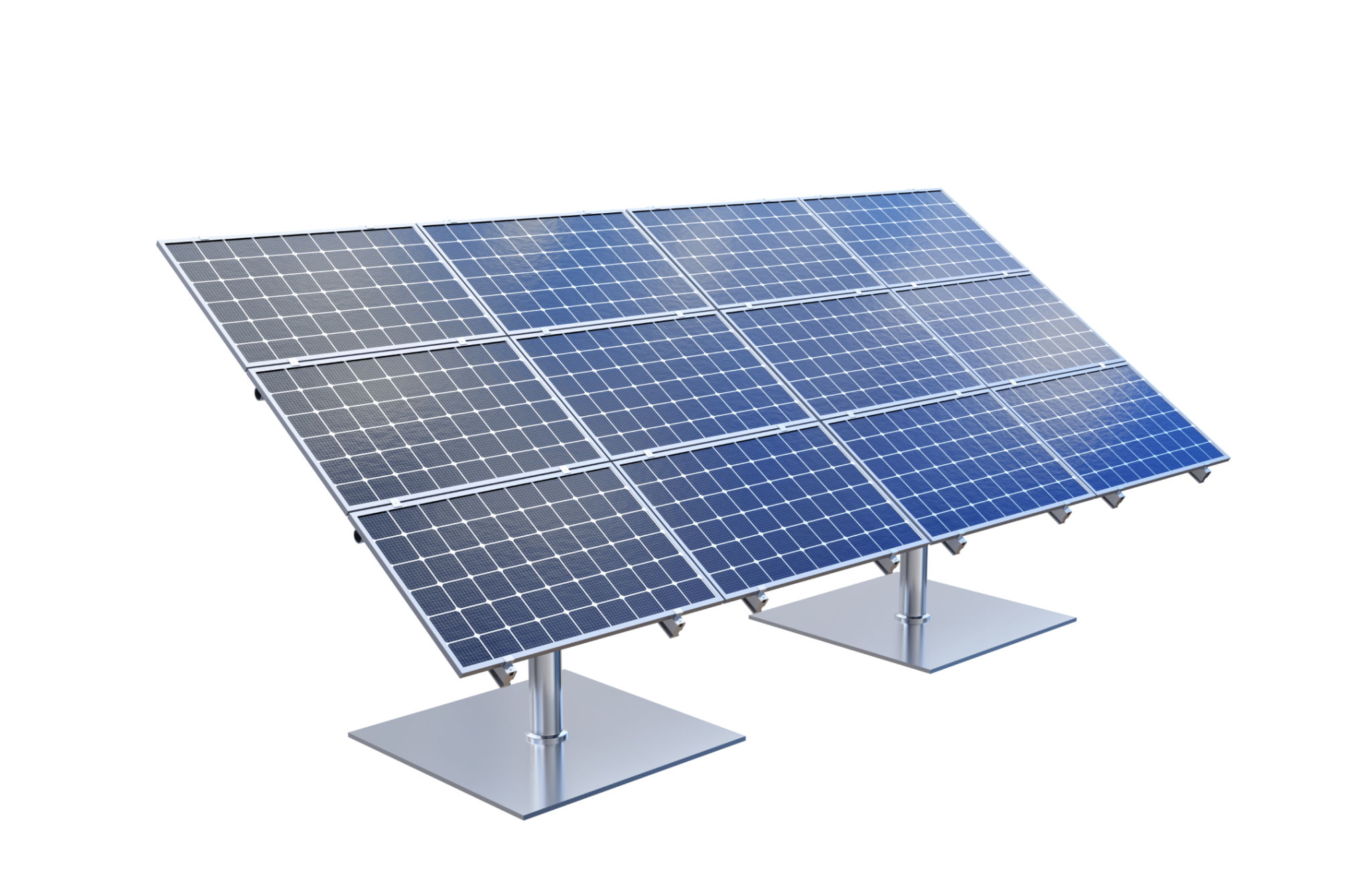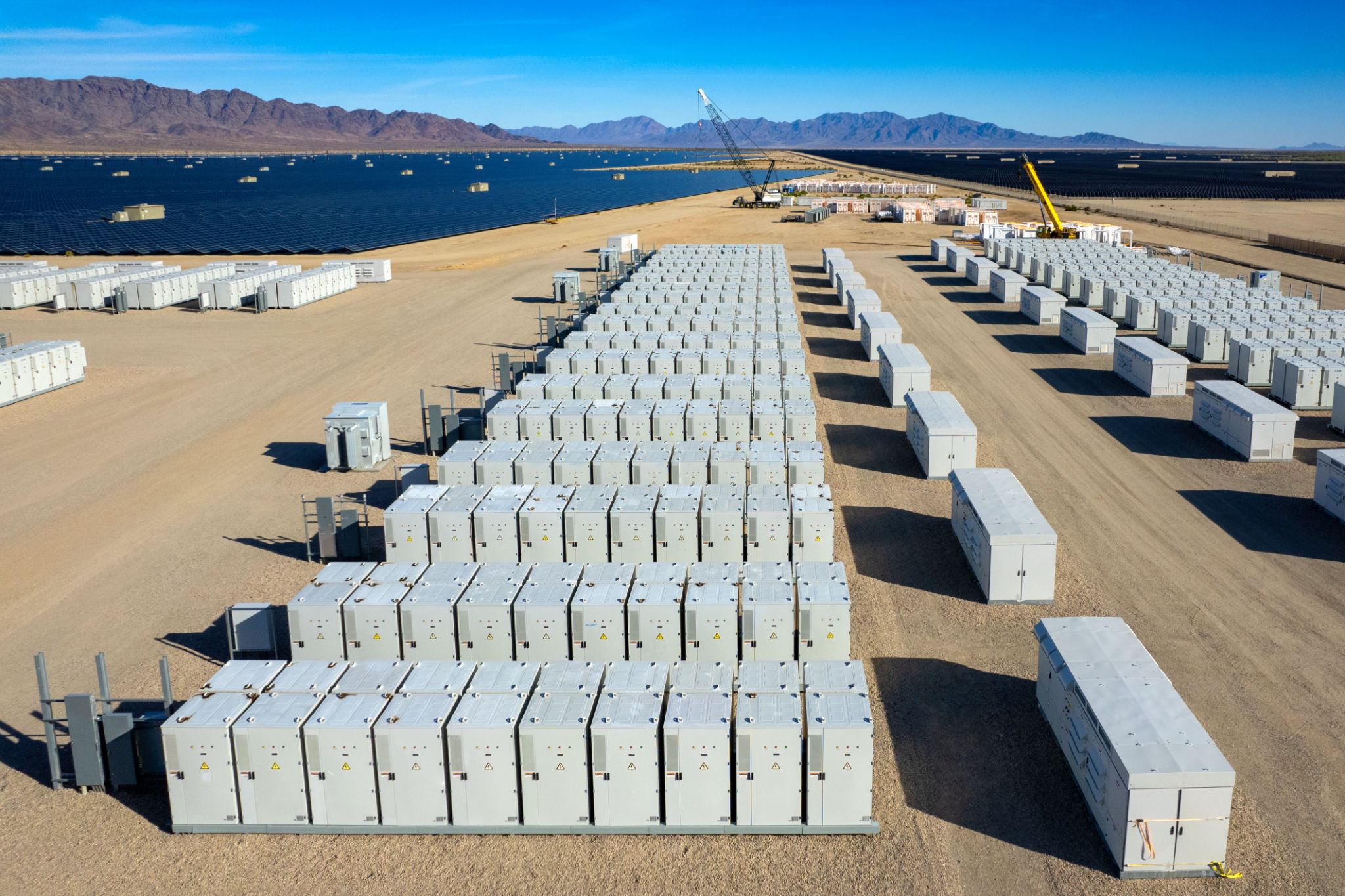The Future of Renewable Energy in Australia: Trends and Innovations
Introduction to Renewable Energy in Australia
Australia has long been recognized for its rich natural resources, but in recent years, the focus has shifted towards harnessing renewable energy. With an abundance of sunlight, wind, and wave resources, Australia is poised to become a global leader in renewable energy innovation. This transition is not only about addressing climate change but also about creating sustainable economic growth and energy independence.

Solar Power: The Bright Future
Solar energy continues to be at the forefront of Australia's renewable energy sector. With vast expanses of sun-drenched land, solar power installations have seen exponential growth. Advancements in photovoltaic technology and battery storage solutions are making solar power more efficient and accessible than ever before. As costs continue to decrease, both residential and commercial sectors are adopting solar solutions at unprecedented rates.
Innovative Solar Technologies
From solar panels integrated into building materials to floating solar farms, innovation in solar technology is rapidly evolving. These advancements are not only increasing efficiency but also expanding the potential applications of solar power across diverse environments.

Wind Energy: Harnessing Nature's Power
Wind energy is another critical component of Australia's renewable energy strategy. The country's vast coastline and open plains provide ideal conditions for wind farms. Technological improvements in turbine design and energy storage are enhancing the reliability and output of wind power systems.
Offshore Wind Developments
Offshore wind projects are gaining momentum, offering higher energy yields due to stronger and more consistent winds at sea. These projects are expected to significantly contribute to Australia's renewable energy capacity in the coming years.

Emerging Technologies and Innovations
Beyond solar and wind, Australia is exploring other innovative technologies such as wave and tidal energy, biomass, and geothermal power. These emerging technologies offer diverse ways to generate clean energy and reduce reliance on fossil fuels.
Energy Storage Solutions
One of the significant challenges in renewable energy is storage. However, advancements in battery technology, such as lithium-ion and flow batteries, are providing effective solutions. These innovations are crucial for ensuring a stable and reliable power supply, especially when integrating renewable energy into the national grid.

The Role of Government Policies
The Australian government plays a pivotal role in shaping the future of renewable energy. Policies promoting investment in clean energy infrastructure, research funding, and incentives for businesses and homeowners are critical drivers of the renewable energy transition. Supportive legislation is essential for overcoming barriers and accelerating the adoption of sustainable energy solutions.
Community Engagement and Education
Public awareness and education initiatives are vital for driving community support and participation in renewable energy projects. By involving local communities in decision-making processes and highlighting the economic and environmental benefits, Australia can ensure a collaborative approach to its renewable energy future.

Conclusion: A Sustainable Path Forward
The future of renewable energy in Australia looks promising, with continued advancements in technology and strong government support. As the country moves towards a more sustainable energy system, it sets an example for other nations looking to reduce their carbon footprint and secure a cleaner future for generations to come.